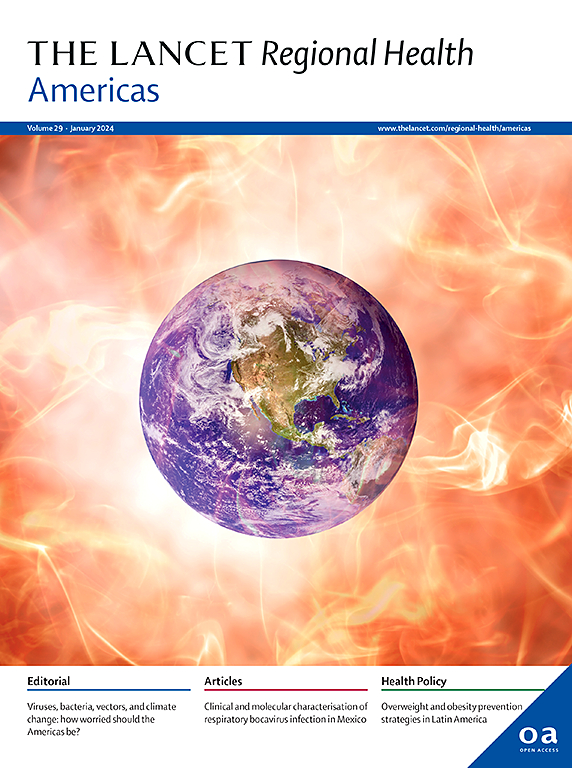The recent trend of twin epidemic in the United States: a 10-year longitudinal cohort study of co-prescriptions of opioids and stimulants
IF 7
Q1 HEALTH CARE SCIENCES & SERVICES
引用次数: 0
Abstract
Background
In recent years, the use of central nervous system stimulant medications has increased among the population already using opioids, referred to as a “twin epidemic.” There is an increasing concern about its harmful outcomes in large populations. However, very few studies examined the co-prescription pattern of these two drug categories over a long period, and there is currently no clear restriction on stimulant prescriptions among patients under opioid treatment in the United States. The objectives of our study were to identify opioid prescription dosage time-dependent patterns and patient subgroups representing distinct trajectories on a national level in the recent 10 years, and to further investigate longitudinal associations between stimulant and opioid prescriptions and the impact of stimulant prescriptions on opioid dosage patterns.
Methods
We obtained patient records from MarketScan, one of the largest clinical databases of health insurance in the United States. 10 years (2012–2021) of prescription records and related patient profiles, who received at least two independent opioid prescriptions, were utilized for developing a group-based opioid dose trajectory model.
Findings
From an initial cohort including 22 million patients with 96 million opioid prescriptions, we developed a study cohort of 2,895,960 patients with a mean age of 43.9 years (standard deviation [SD] 13.0), of whom 1,244,077 (43%) were male. Significant geographical variations in opioid prescription frequency and dosage among four U.S. regions were observed. The trajectory model identified five distinct opioid dose groups. Stimulant prescription before the initial opioid prescription was positively associated with escalating opioid doses (odds ratio [OR]: 7.58; 95% confidence intervals [CI] 6.14–9.35, opioid dose increasing group compared to the decreasing group). Stimulant co-prescriptions were also associated with increasing opioid doses (OR: 1.73; 95% CI 1.40–2.14) and were identified in patients with a higher prevalence of opioid use disorder.
Interpretation
During the recent 10 years, stimulant prescription is positively associated with escalating opioid prescription activities in U.S. healthcare systems, suggesting co-prescriptions of these two types of drugs are an important contributing factor for a national-level twin epidemic. Healthcare leaders and policymakers should pay more attention to this issue and its potential harms.
Funding
National Institute of General Medical Sciences, National Institute on Drug Abuse, and National Science Foundation.
求助全文
约1分钟内获得全文
求助全文
来源期刊

Lancet Regional Health-Americas
Multiple-
CiteScore
8.00
自引率
0.00%
发文量
0
期刊介绍:
The Lancet Regional Health – Americas, an open-access journal, contributes to The Lancet's global initiative by focusing on health-care quality and access in the Americas. It aims to advance clinical practice and health policy in the region, promoting better health outcomes. The journal publishes high-quality original research advocating change or shedding light on clinical practice and health policy. It welcomes submissions on various regional health topics, including infectious diseases, non-communicable diseases, child and adolescent health, maternal and reproductive health, emergency care, health policy, and health equity.
 求助内容:
求助内容: 应助结果提醒方式:
应助结果提醒方式:


